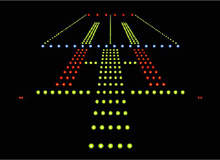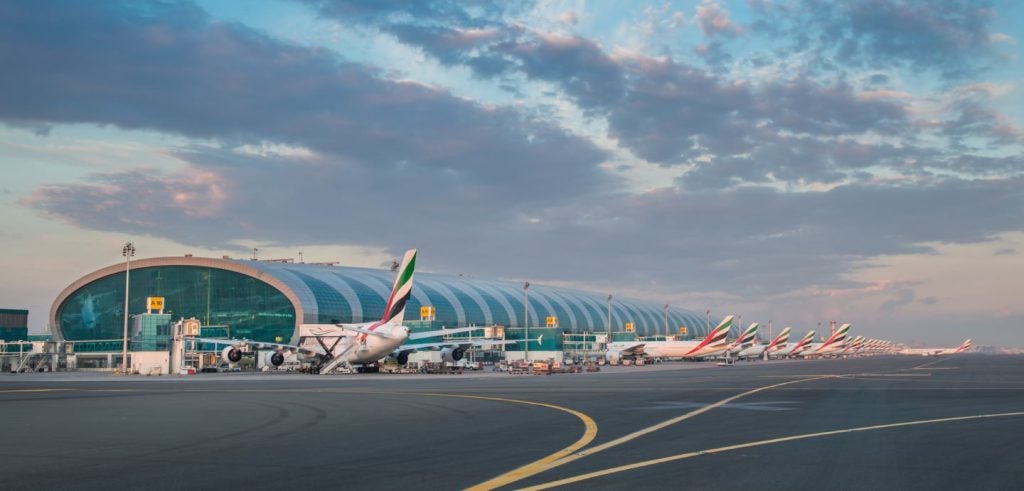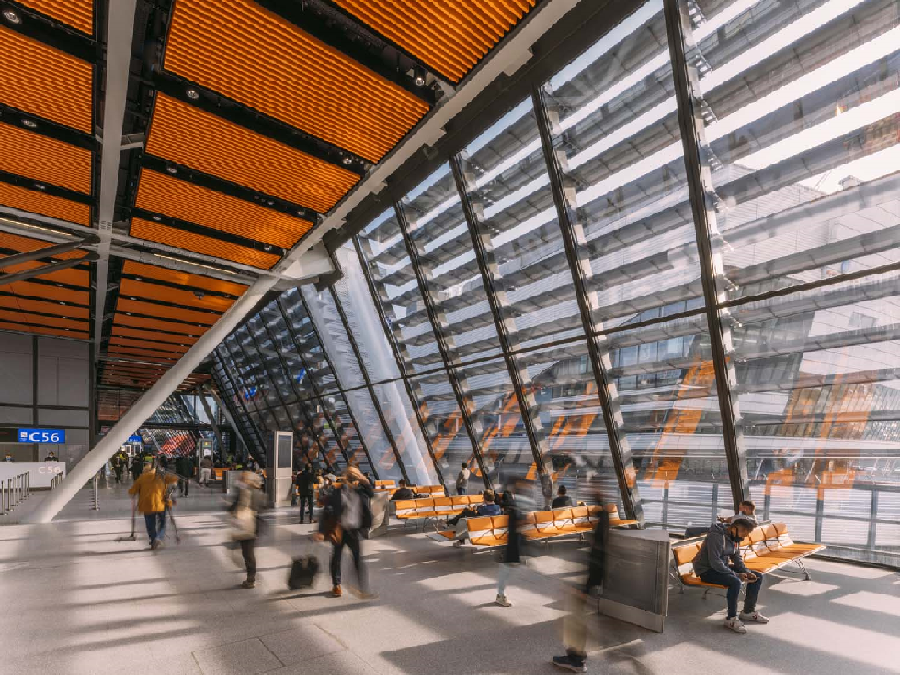
Instrument landing systems (ILS) have become one of the most important elements in air navigation. As airports expand and become more crowded with structures, the signals on which ILS relies can suffer considerable interference, which could seriously impact both safety and operational efficiency.
ILS approaches follow two radio beams. The localiser that follows the centre line of the runway is vital in enabling aircraft to follow a relatively sensitive course indication as to whether they are well aligned for their approach. The clearance signal is used for the aircraft interception phase. In some airports, ILS signals can often reflect off buildings and other large surfaces, resulting in signal degradation.
Obstructions to the ILS signal can deflect needles and interfere with glideslope patterns. In Switzerland, where airports find their signals affected by terrain or infrastructure, there has been a major effort to combat the problem of signal reflection, and these efforts have borne fruit.
“I work in the ILS business and for me a major issue is that the airport environment is often overcrowded with buildings and structures, which are perfect reflectors for ILS signals. For the last ten years the biggest problem that I have had to address is signal reflection,” says Hervé Demule of the technics, navigation and surveillance, and engineering division of Skyguide – Swiss Air Navigation Services Ltd.
Skyguide monitors and manages some of Europe’s busiest airspace, ensuring its skies are safe. Demule has been an engineer at Skyguide since 1999, and recent years have seen him focus intensely on improving the ILS systems in Switzerland’s airports, notably in Geneva. His work has been important in shaping new developments in technology and processes that could soon benefit many airports that suffer from high levels of signal reflection.
See Also:
The work was far from straightforward and required innovative thinking, not only from Skyguide technicians but also their technology partners. Their bright ideas and application to the challenge have resulted in what they feel is a major step forward.
How well do you really know your competitors?
Access the most comprehensive Company Profiles on the market, powered by GlobalData. Save hours of research. Gain competitive edge.

Thank you!
Your download email will arrive shortly
Not ready to buy yet? Download a free sample
We are confident about the unique quality of our Company Profiles. However, we want you to make the most beneficial decision for your business, so we offer a free sample that you can download by submitting the below form
By GlobalData“With normal ILS and localiser systems we didn’t find any solutions. There were problems we couldn’t solve, so we needed to develop new techniques. We needed to look at how the ILS receiver gets a signal and what happens when the signal is reflected and the receiver senses a second signal,” says Demule. “The two signals produce interference. There is more direct signal and less of the reflected signal, so we could use this to work towards two different solutions.”
Stepping up a gear
When a narrow beam for the core localiser signal (±5° from a centre line) is reflected the solution is to have a wider array so that more direct signal arrives at the receiver, and the reflected signal is diminished.
“We increased the aperture of the array, which is usually around 40m. In Geneva, we commissioned a brand new technology called the slotted cable localiser, which can reach an aperture of 82m. That is another world, another kind of directivity entirely. We solved our problem with that wider array,” says Demule.
Watts Antenna Company was instrumental in the development of this technology, the first commercial grade super-aperture localiser in the world.
The localiser antenna system and distribution unit were installed in Geneva with localiser station equipment from Norway’s Park Air Systems in April last year and soon achieved a structure roughness reduction of over 50%.
“They developed the system with us from the prototype stage and it is now perfectly operational as the solution for narrow beam location,” says Demule.
The system also meets the challenge of signal reflection for the clearance signal, with Skyguide changing the amplitude and phase of the antenna network. “To fulfill coverage requirements such as those laid down by ICAO there is a ±35° scope from the centre line, but in Geneva we had reflections in this area. So, we developed a system with ±15° scope, so there is less energy in that area and, therefore, less reflection,” notes Demule.
“There is no change from the operational point of view, and the interface is the same. The system is now operational and there have been no complaints. Based on that, we are now in discussions with EUROCONTROL, which has been heavily involved in pushing initiatives on new techniques to sustain ILS, and through that we are working on getting approval from the ICAO side,” he adds.
Reflecting on the future
One of the key benefits to derive from working with experts in the technology field has been the ability to develop simulations that can accurately model the consequences of changes to the existing antenna arrays and signals.
“Simulation is very good and you know that the system will work before you turn it on. You can anticipate exactly what you will measure, as there is an amazingly good correlation with the simulation. If you have a good model and good simulation then the results won’t be a surprise,” says Demule.
The refined technology could already be a major boon to many airports, and as many others continue to expand, the problem of signal reflection is likely to become an ever more important issue. For Demule, as well as for the new technology’s backers at EUROCONTROL, ICAO approval will be a major step forward in bringing the benefits of their work to a wider community. “I’m sure we will get formal approval for the reduced-clearance localiser, but things can take a long time with ICAO,” he
adds.
In the meantime there are many other ILS issues for Demule to address at Skyguide, and he perceives a growing need to focus on glidepath antennae. Perhaps the most pressing problem, however, is one that emphasises the need for the industry to step up its efforts to reduce signal reflection.
The arrival of the Airbus A380 into service essentially brings another big reflector into play at many airports, and its effect on ILS signals could have a noticeable impact on the ability to handle flights with optimal efficiency.
“The aircraft is a very large reflector. In fact, the tailfin on its own is a huge reflector, so the sensitive area that needs to be kept clear to protect any approach will become much larger. That could mean big operational restrictions for an airport. Other aircraft may have to wait further back on the apron, so efficiency might decrease,” remarks Demule.
“It would be very useful to get more directive antenna systems so that we are less vulnerable to reflection. After all, the major trend at the moment is to try to decrease the sensitive area,” he adds.
There is certainly more work ahead to improve the performance of ILS in airports where signal reflection is a problem, but approval of the enhancement that Skyguide technicians and their technology partners have already achieved would no doubt kick-start further breakthroughs.







